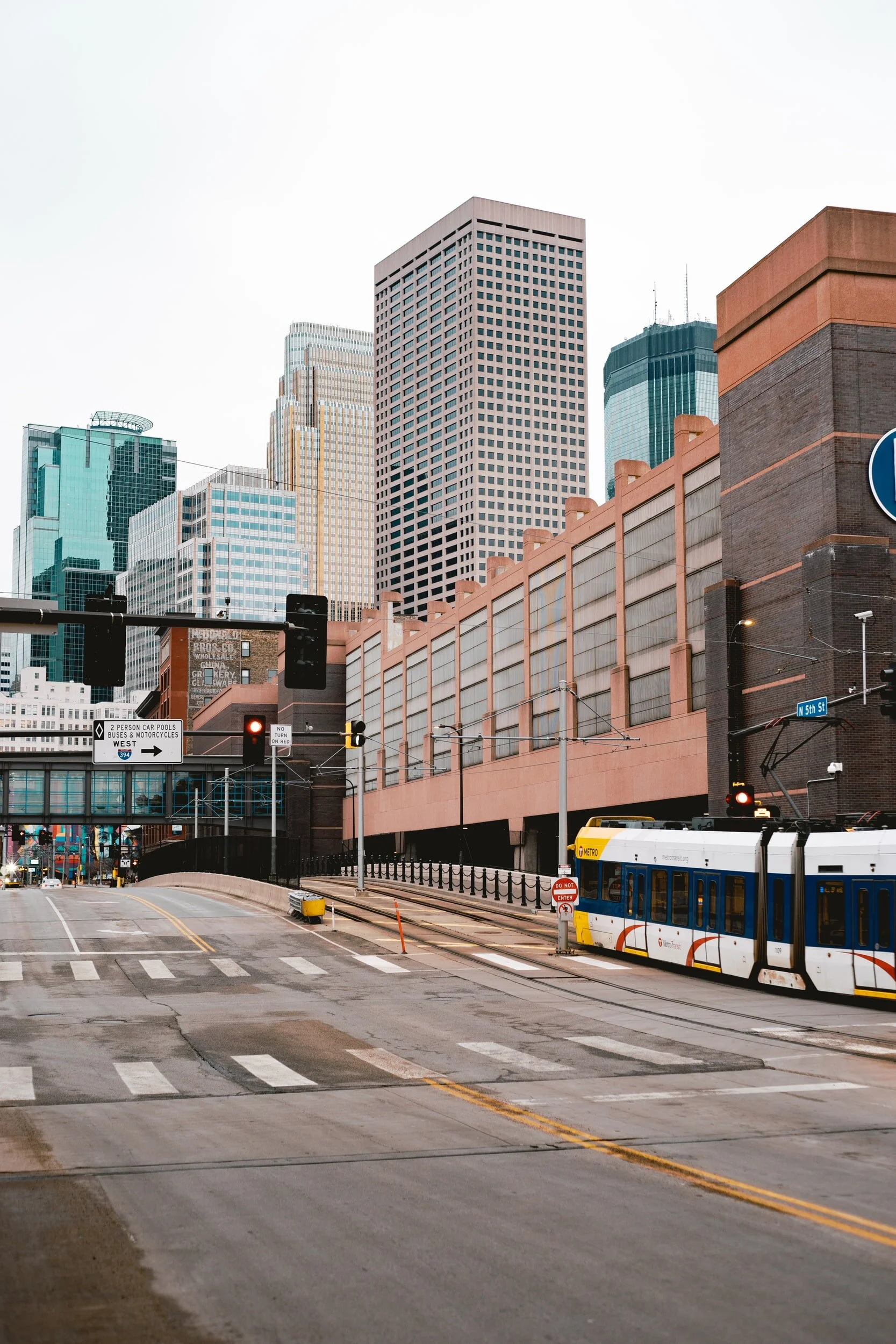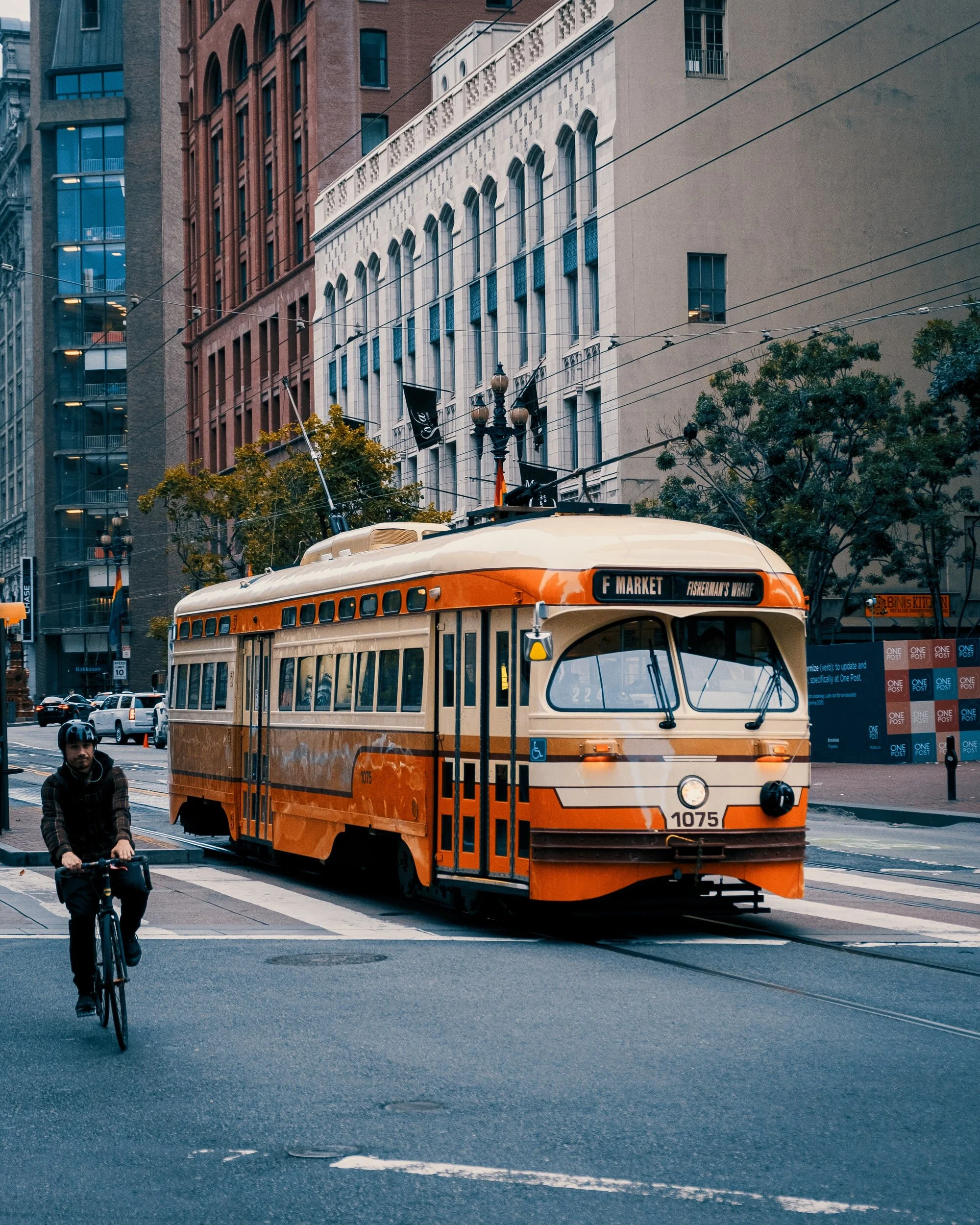For This City, Fare-Free Transit is a Big Success
For This City, Fare-Free Transit is a Big Success
By Jake Blumgart, Governing, June 3, 2022
word count: 1129
Ever since Canek Aguirre got elected to the Alexandria City Council, he wanted to make the city’s bus transit service, known as DASH, free.
Growing up in Los Angeles, he fondly remembered a local bus service which only cost a quarter to ride. Going to college in Chapel Hill, the bus was totally free. Why not do the same in this prosperous city of almost 160,000 in northern Virginia?
In 2019, when Aguirre first began serving on the council, he didn't think the political will was there to go fare free. Instead, he proposed reduced fare or exemptions for some groups of people.
“I was trying to inch towards it, but in the back of my mind I really wanted to get to fare free,” says Aguirre. “Given the size of our community here in Alexandria, it just seemed very doable to have a fare-free system.”
Then COVID-19 hit, and the world changed. Heavy rail ridership on the Washington Metropolitan Area Transit Authority’s (WMATA) Metro, whose Yellow Line runs through Alexandria, fell off a cliff and still hasn’t even recovered 50 percent of its ridership. But the city’s buses were still seeing heavy use, as so-called essential workers in grocery retail, food service and health care continued going to work. Today the 11 DASH bus lines are at 95 percent of pre-pandemic ridership.
In 2020, as the pandemic raged, Alexandria Mayor Justin Wilson sent the City Council an email introducing the idea of eliminating bus fares. At a subsequent meeting held on Zoom, the measure was introduced with no fuss.
“I was super excited, but there was little fanfare,” says Aguirre. “When we announced it, we hardly got any emails or heard anything. There was zero debate. Me and the mayor were the only ones who said anything, but we totally nerded out. Then it was like, OK, next item.”
Many cities enacted fare-free transit options during the pandemic, both as a means to help essential workers and to limit interactions. But as life returns to a semblance of normal, some cities are backing away from the idea.
Almost two years later, however, Alexandria’s buses remain free.
For Dunia Esquivel, a server at a popular diner on Alexandria’s bustling King Street, the fare-free service is a delight. She rides the buses to and from work and appreciates that the city is maintaining the free service — unlike nearby Springfield, where she just moved from.
“I think it's really cool: Here you don’t have to worry about anything,” says Esquivel. “Or like if you are homeless or someone who doesn’t have any money, they can still ride for free.”
Alexandria already had one form of free transit before the pandemic, a “trolley” service aimed at tourists. It takes riders from the King Street Old Town Metro station to the waterfront and back, tracing most of the length of an avenue packed with restaurants, shops and cafes.
The trolley picks up riders at a hub next to the elevated Metro station, where Alexandria’s DASH buses and Metro buses also stop. Of the three, only WMATA charges fares anymore.
Ridership on Alexandria’s buses has surged back to almost pre-pandemic levels not only because of free fares. A redesign of the bus system that allowed for increased frequencies is an equally important part of the story.
“That's part of why we've had success with the bus system here in Alexandria, because we have some bus lines that show up every 10 minutes, others every 15,” says Aguirre. “People don't have to worry about what time it is, they walk out to the stop and know there will be a bus.”
The funds for all these improvements are not coming from operating support provided by the federal government during the peak of the pandemic. Alexandria was able to compete for funds from Virginia’s Department of Rail and Public Transportation, which allowed them to provide free fares for the next three years. Competitive monies from the Northern Virginia Transportation Commission are used to increase frequencies on the city’s bus lines and redesign the system.
An additional million dollars from the city’s general fund has also been put toward transit, but more will be needed in three years when the state funding runs out. Then the city will need to find room in the general fund for these services. Pre-pandemic farebox recovery was about $4 million, while the DASH service cost about $23 million in 2020.
State and regional funding has allowed Alexandria to avoid the conundrum at the heart of criticism of fare-free transit. Skeptics say that fares are generally quite cheap and that for riders reliability and frequency are much more important. Funds could be better spent on more service. Who cares if a bus is free if it only comes once every 30 minutes?
But even some transit experts who doubt the concept of fare-free transit in big cities, where fare-paying riders provide a substantial portion of the budget, think the idea is worth experimenting with in smaller jurisdictions.
“In places with very low farebox recovery, there is an argument to be made for piloting and seeing what happens,” says Eric Goldwyn, assistant professor of transportation and land use at New York University. The main issue is what are the trade-offs? If you can manage to go fare free while also providing frequent, reliable service, that's really something.”
Aguirre is confident that Alexandria will have the money to continue funding frequent and free service. The city gets most of its revenue from real estate taxes, which have been robust throughout the pandemic. The city is in the midst of a decadeslong growth spurt and the population is the highest ever. Valuations of properties are greater than during the pandemic too, so Alexandria policymakers won’t face the hard choices of more depressed municipalities.
For Aguirre, if Alexandria ends up having to choose between frequency and free fares, he would pick the former. But he isn’t convinced it will come to that even when the state and regional money runs out.
“[Metro] rail will always have a charge, but can we keep free for the bus,” wonders Aguirre. “Once we get further down the road, if we feel we have to bring back some charge for it, I would take that in consideration. But for me, the point of transit is to be as accessible as possible.”
For Terron Ingram, waiting for the bus after his shift at Home Depot, the free fares have been a nice perk. He says he rides the system even more than he used to because it's easy to use and free of charge.
“I definitely take advantage of them more because they are free,” says Ingram. “The fares were not bad, but it’s always better free. Keep it up!”






